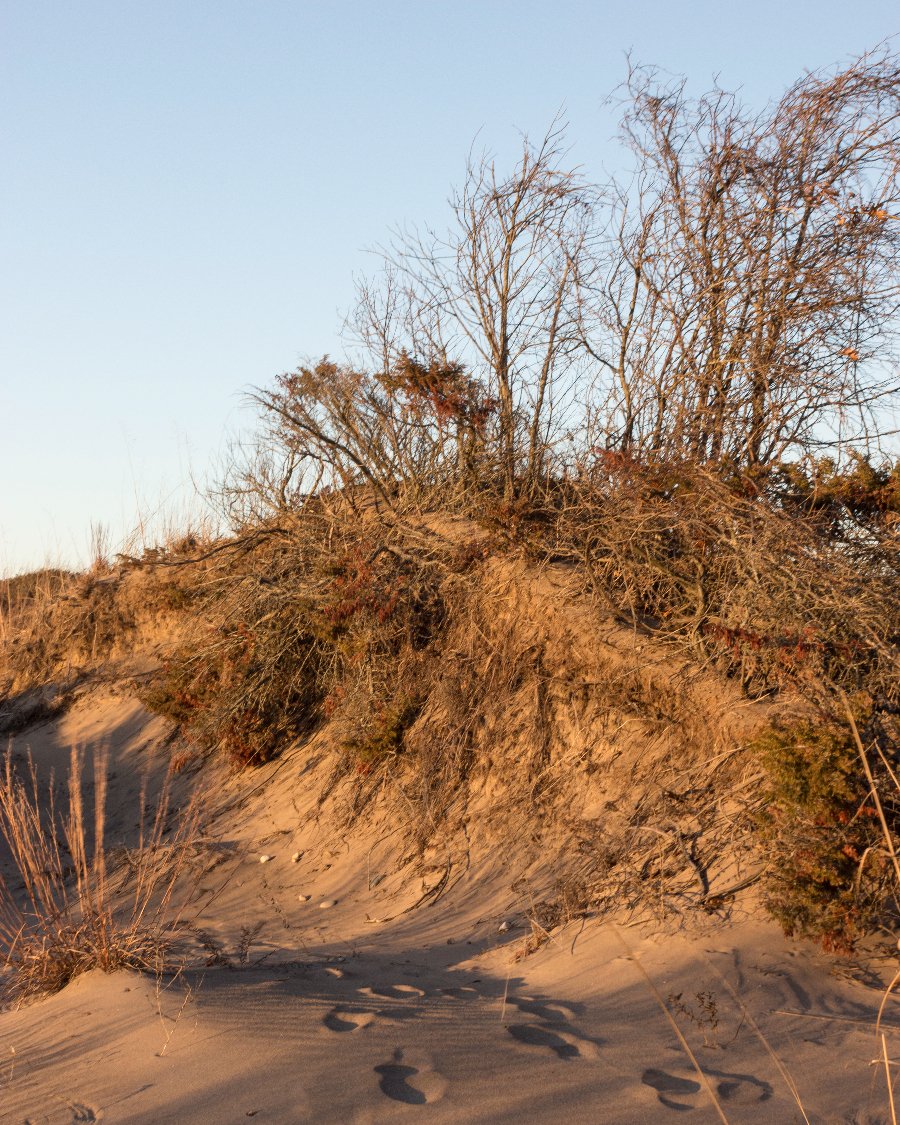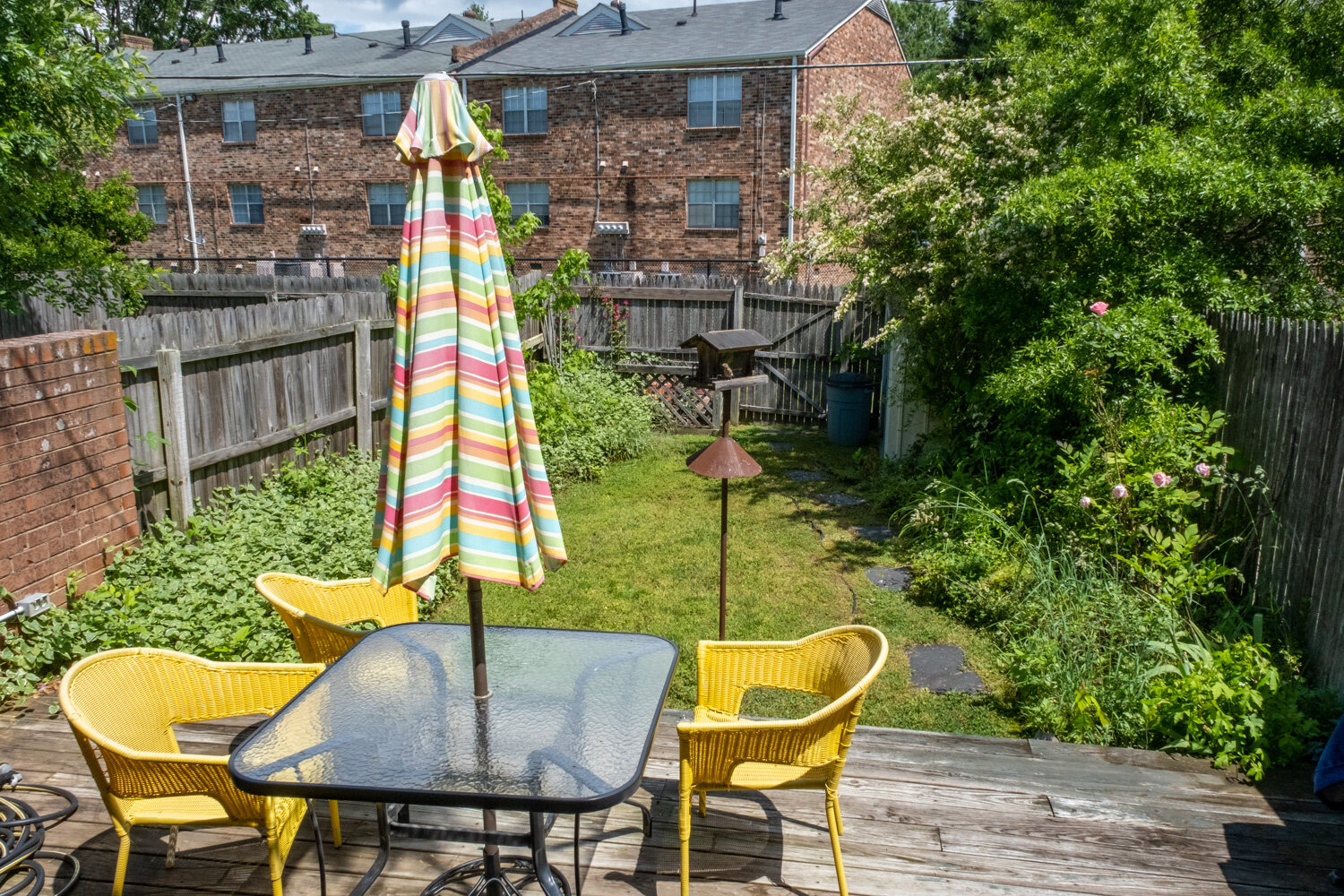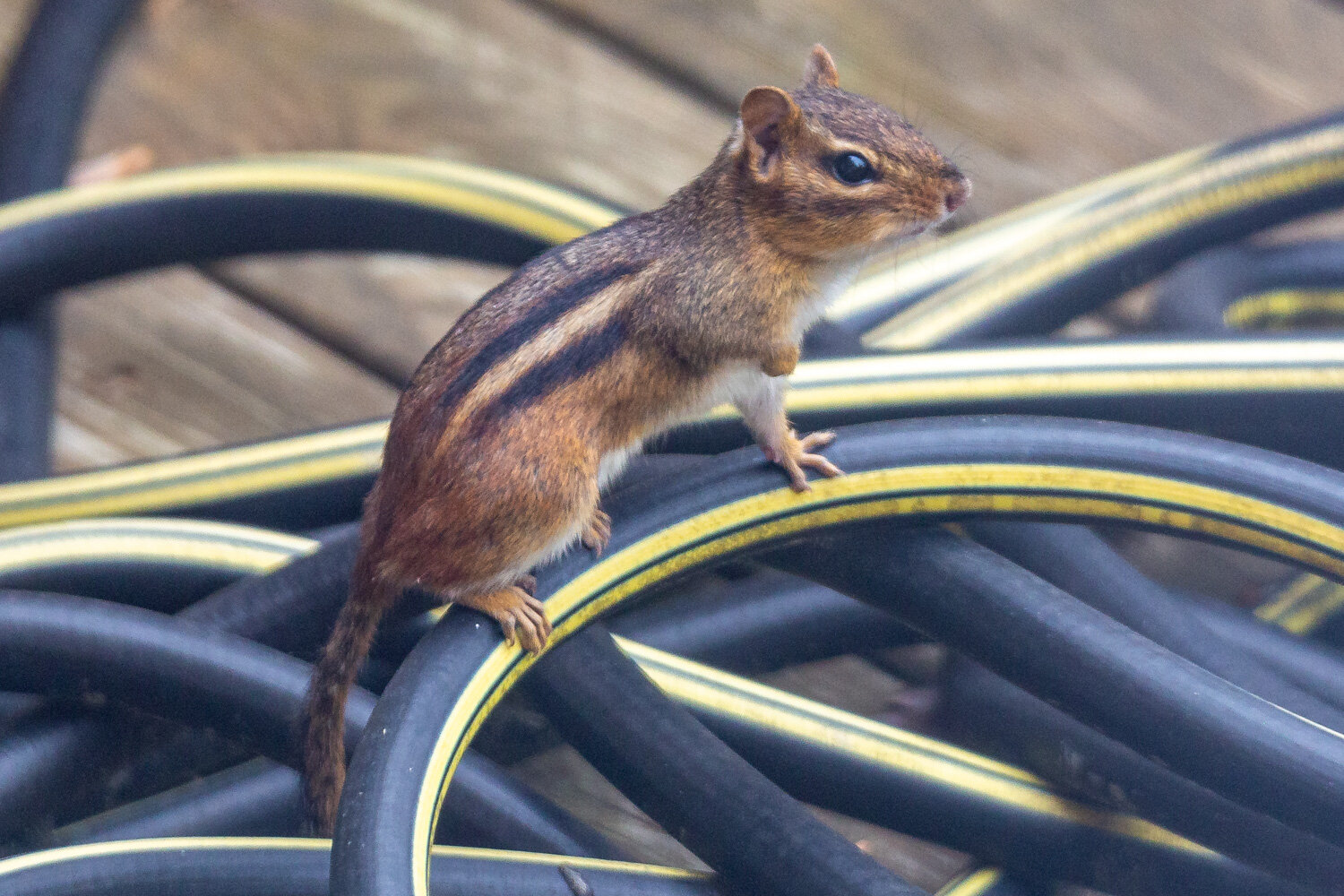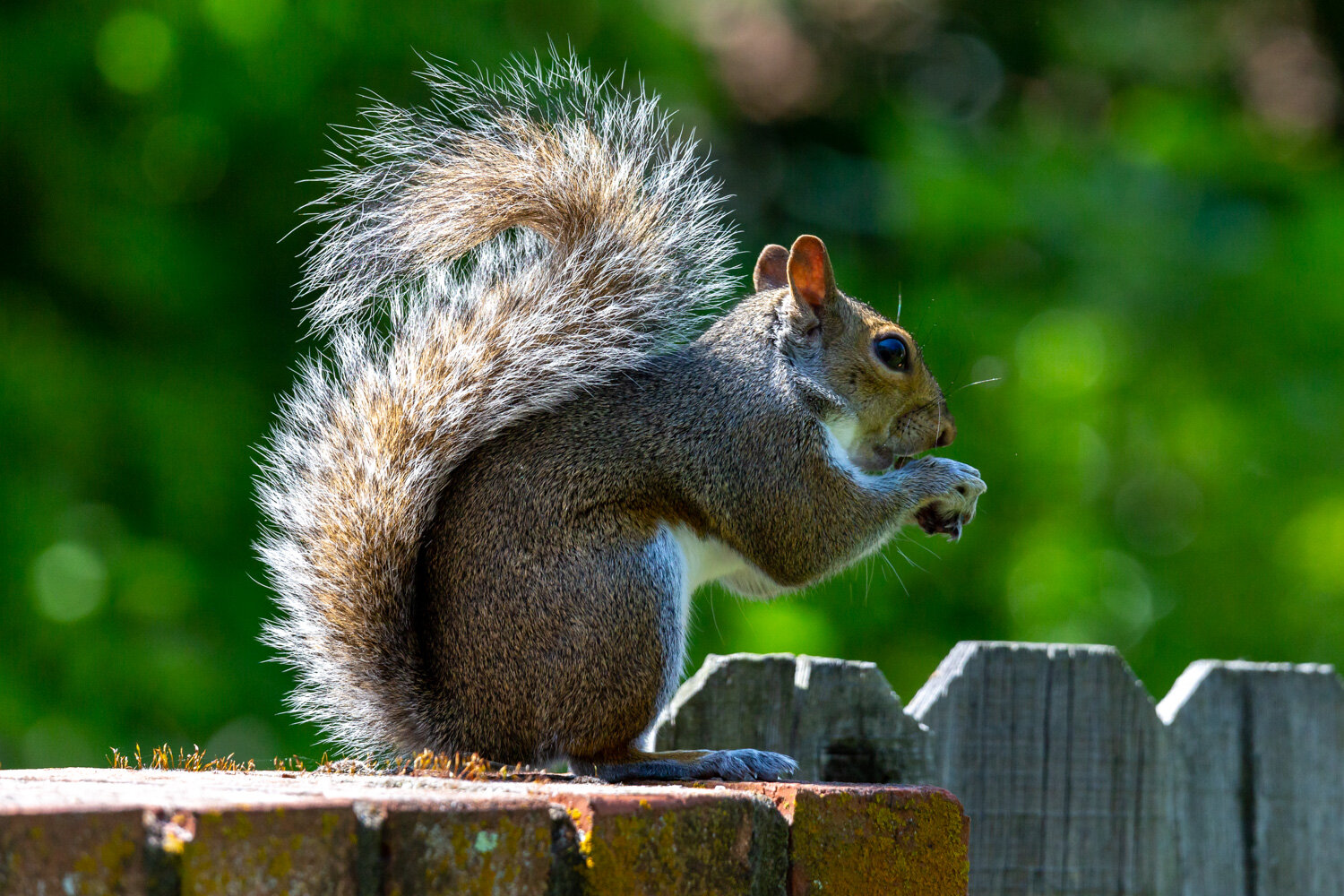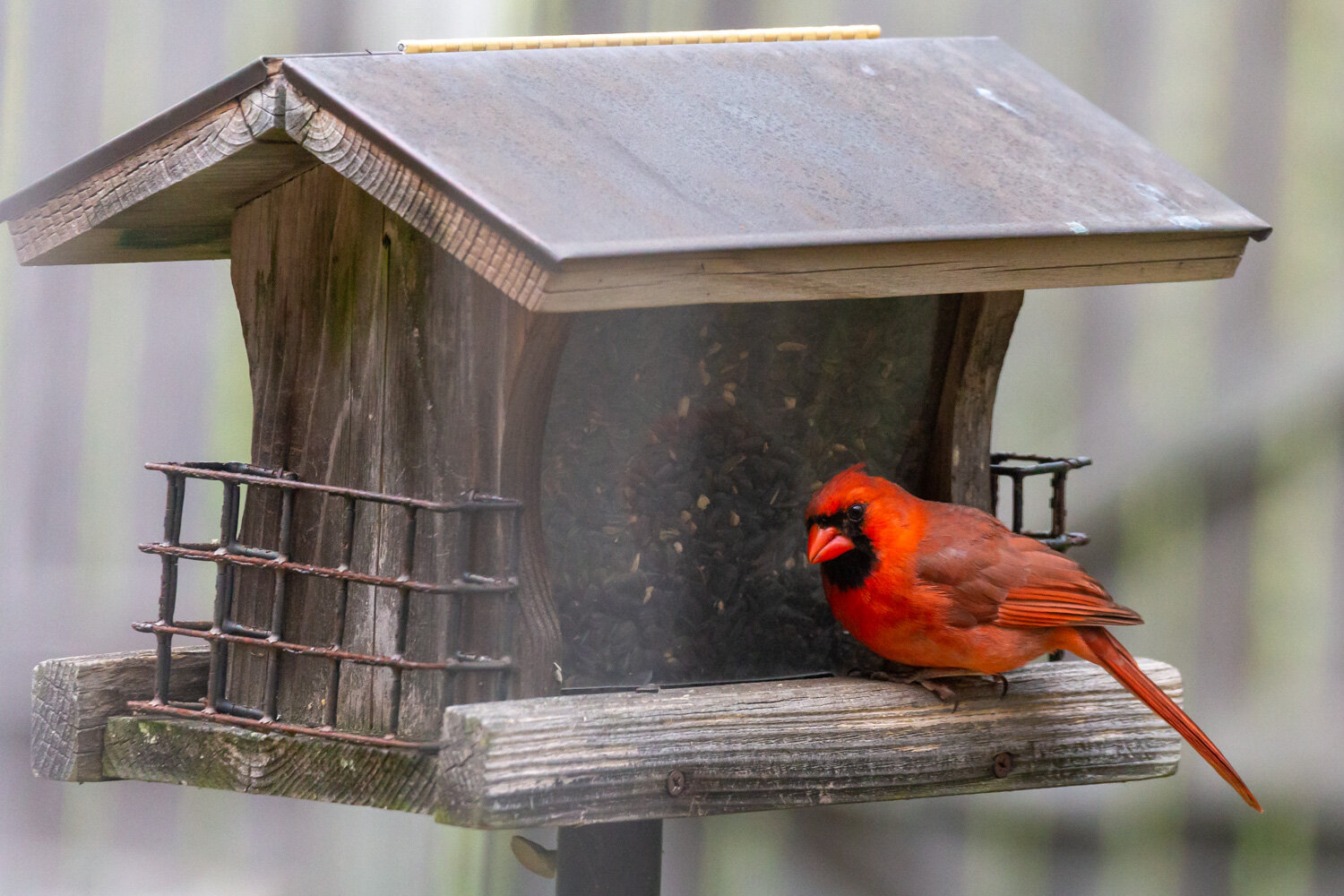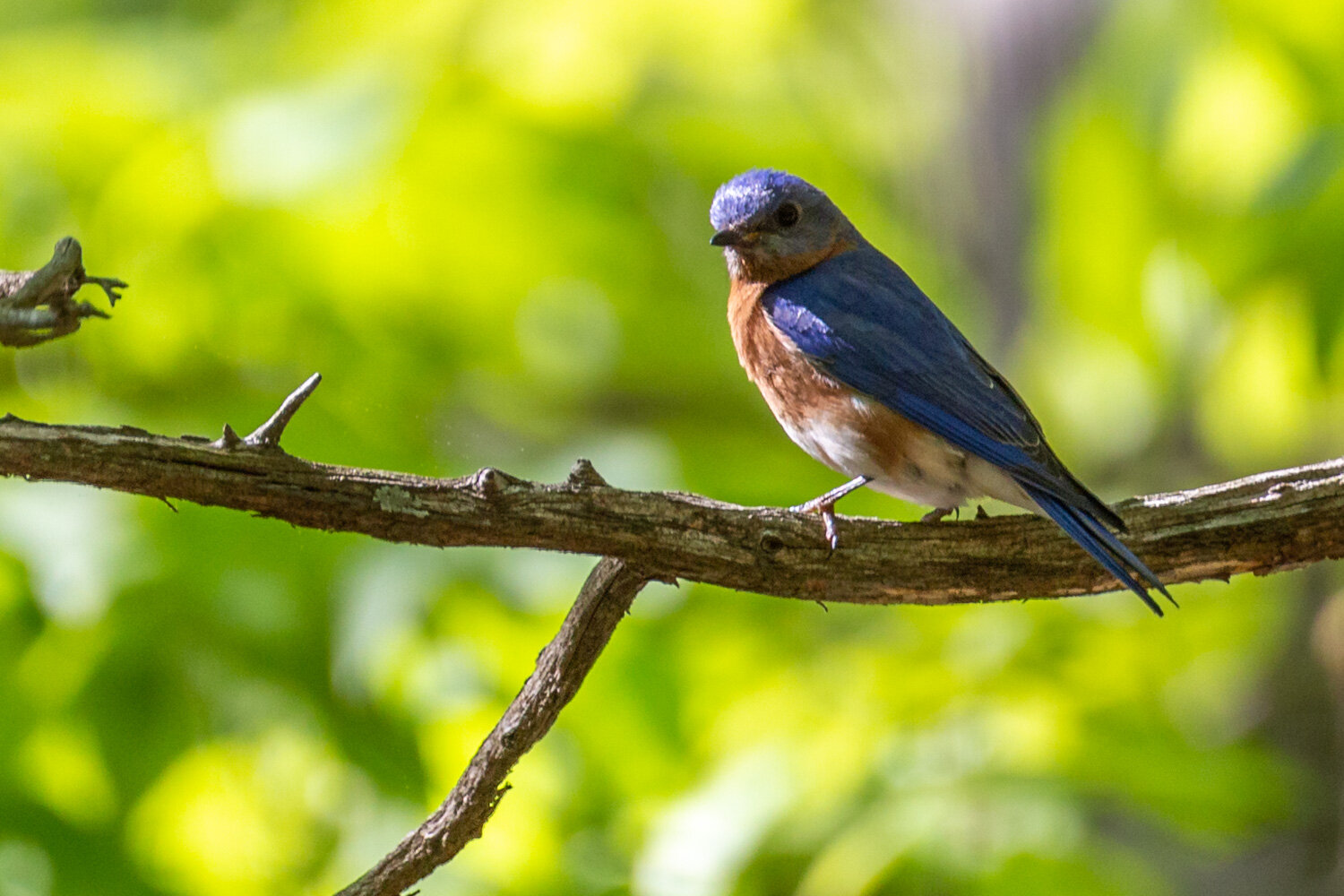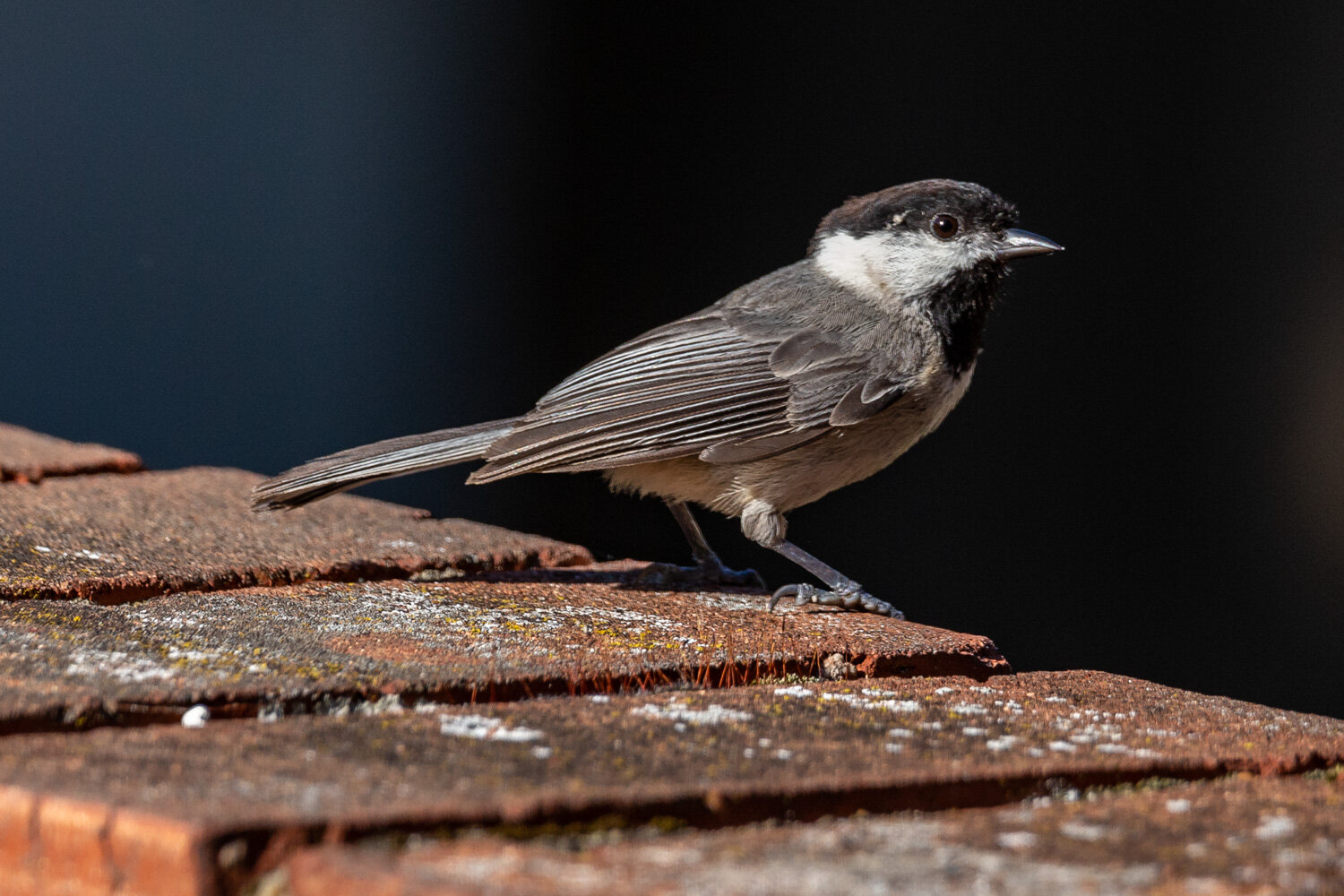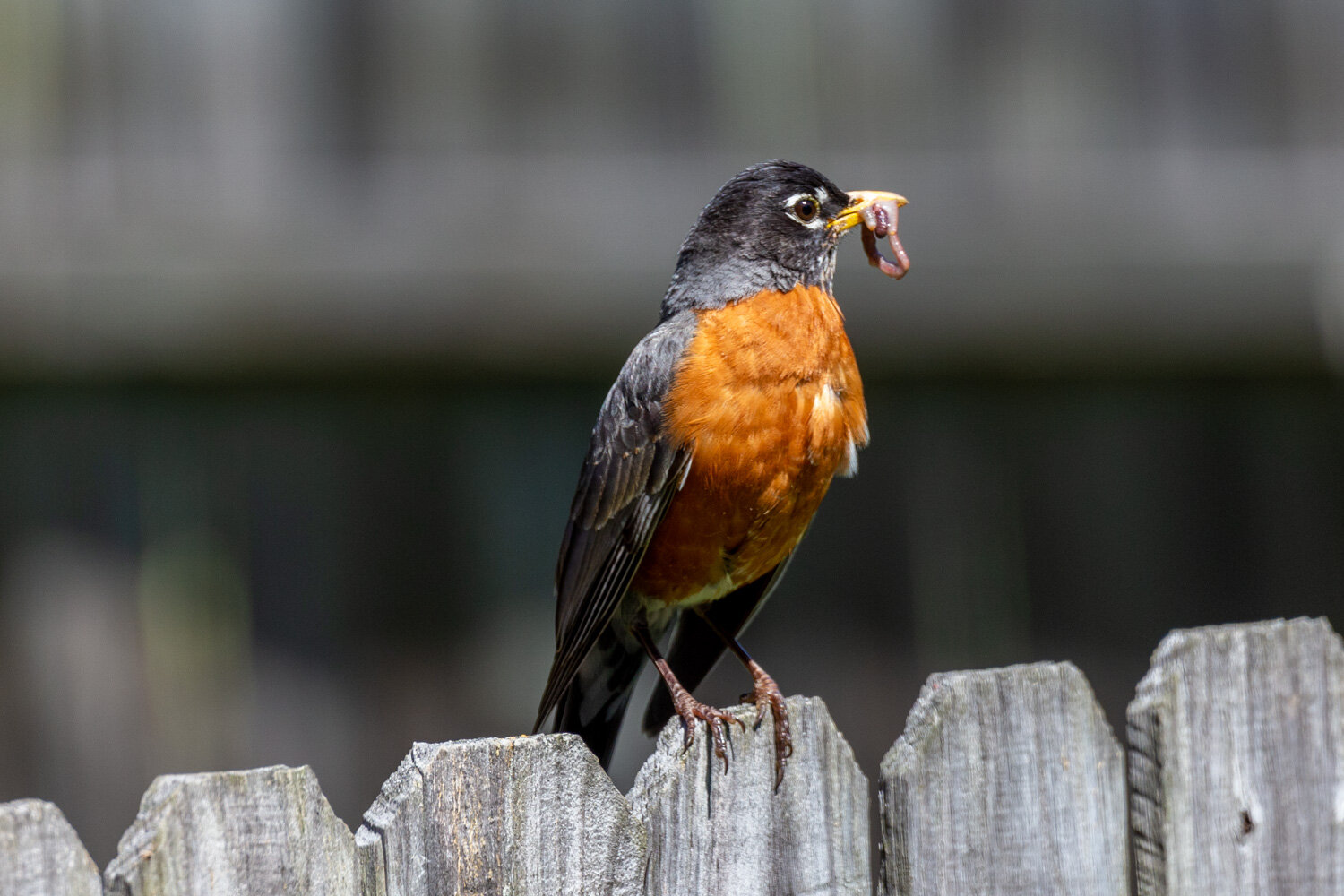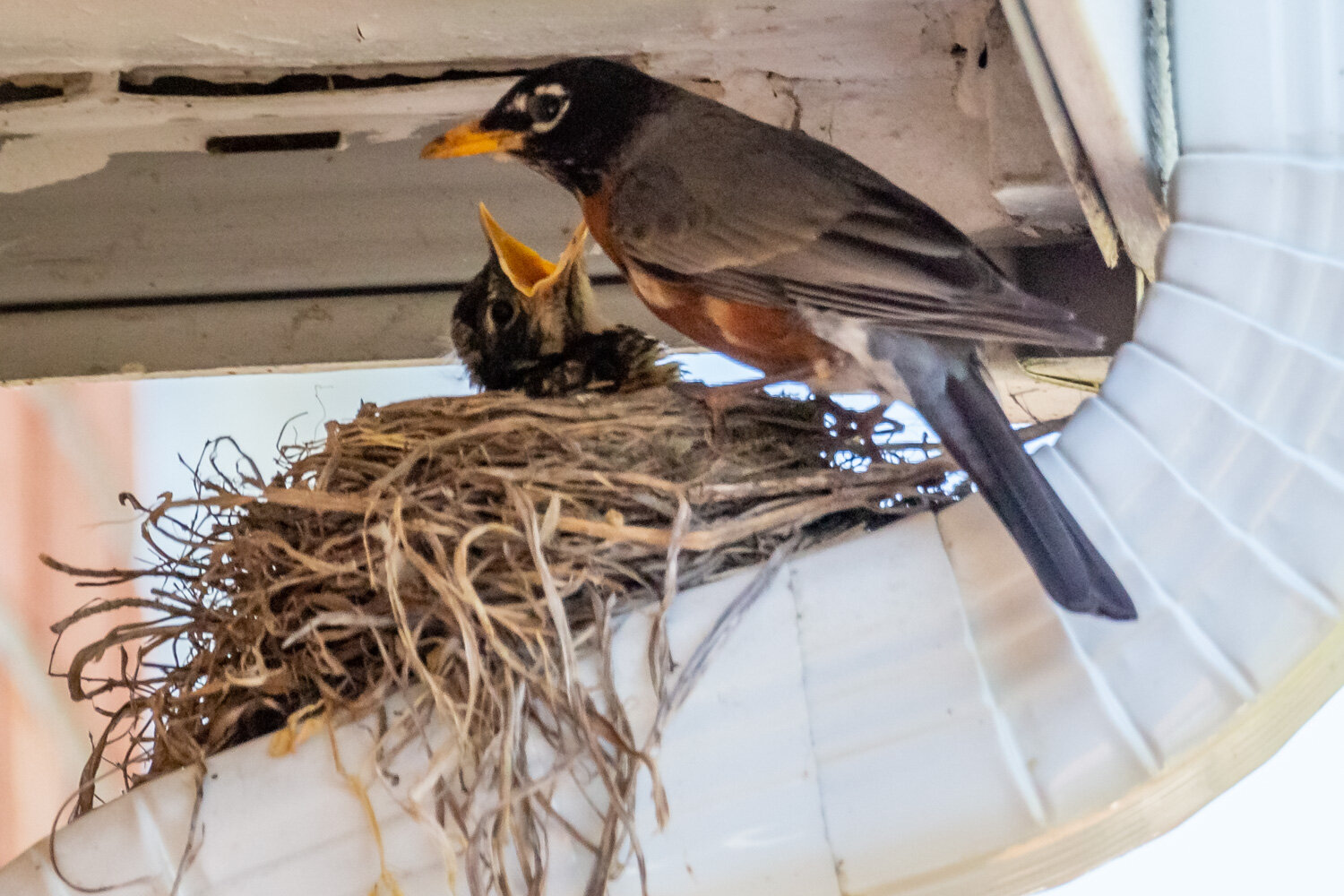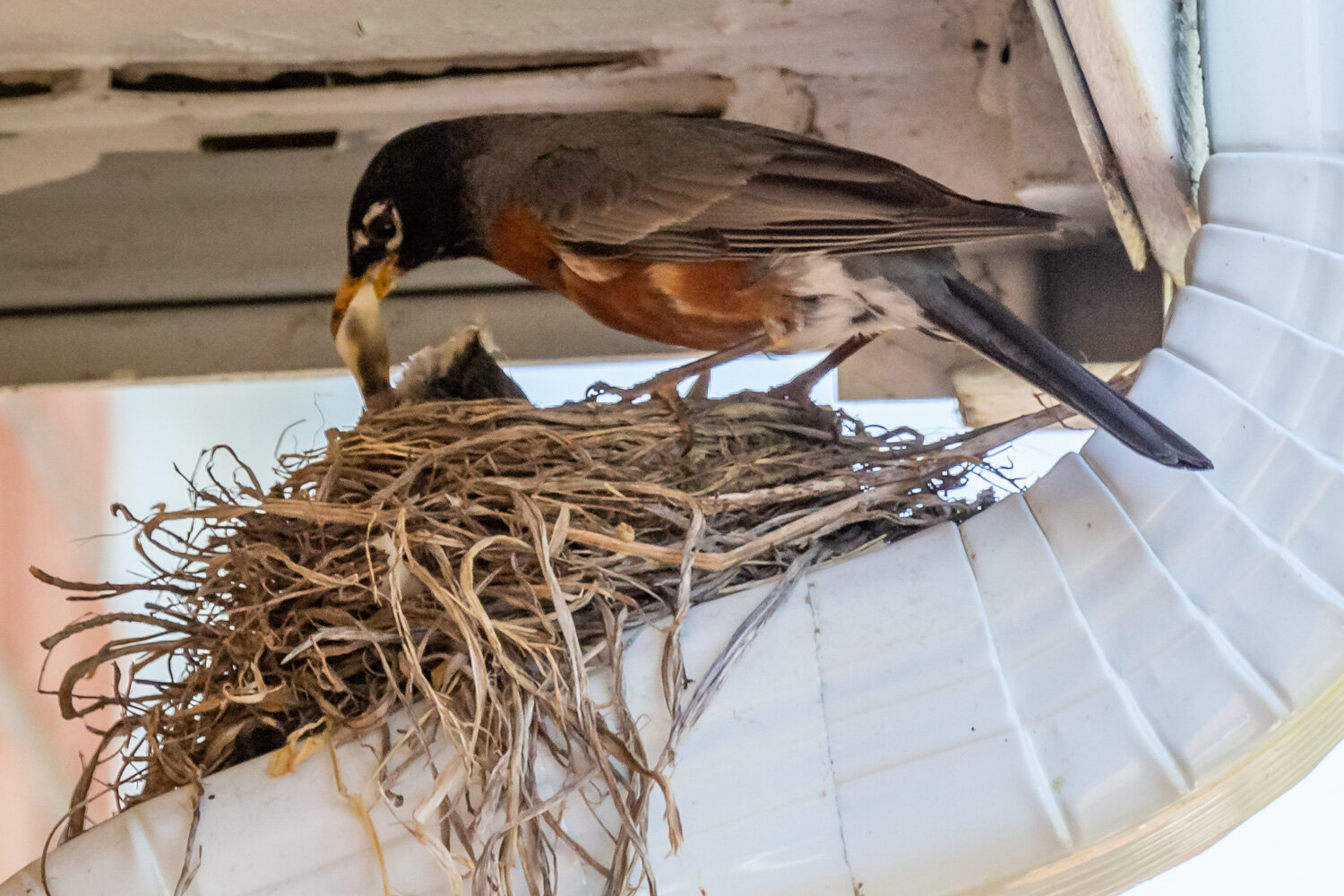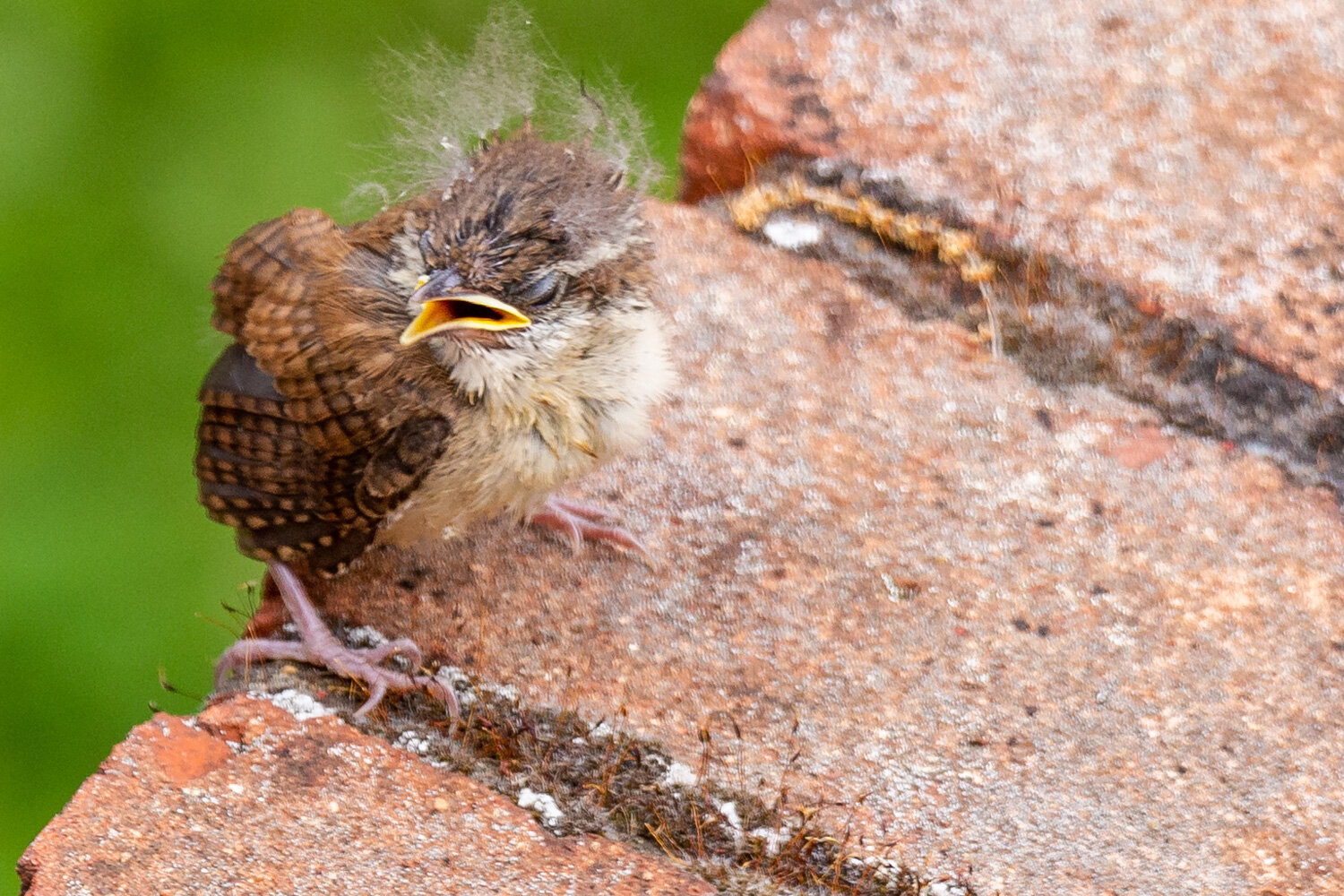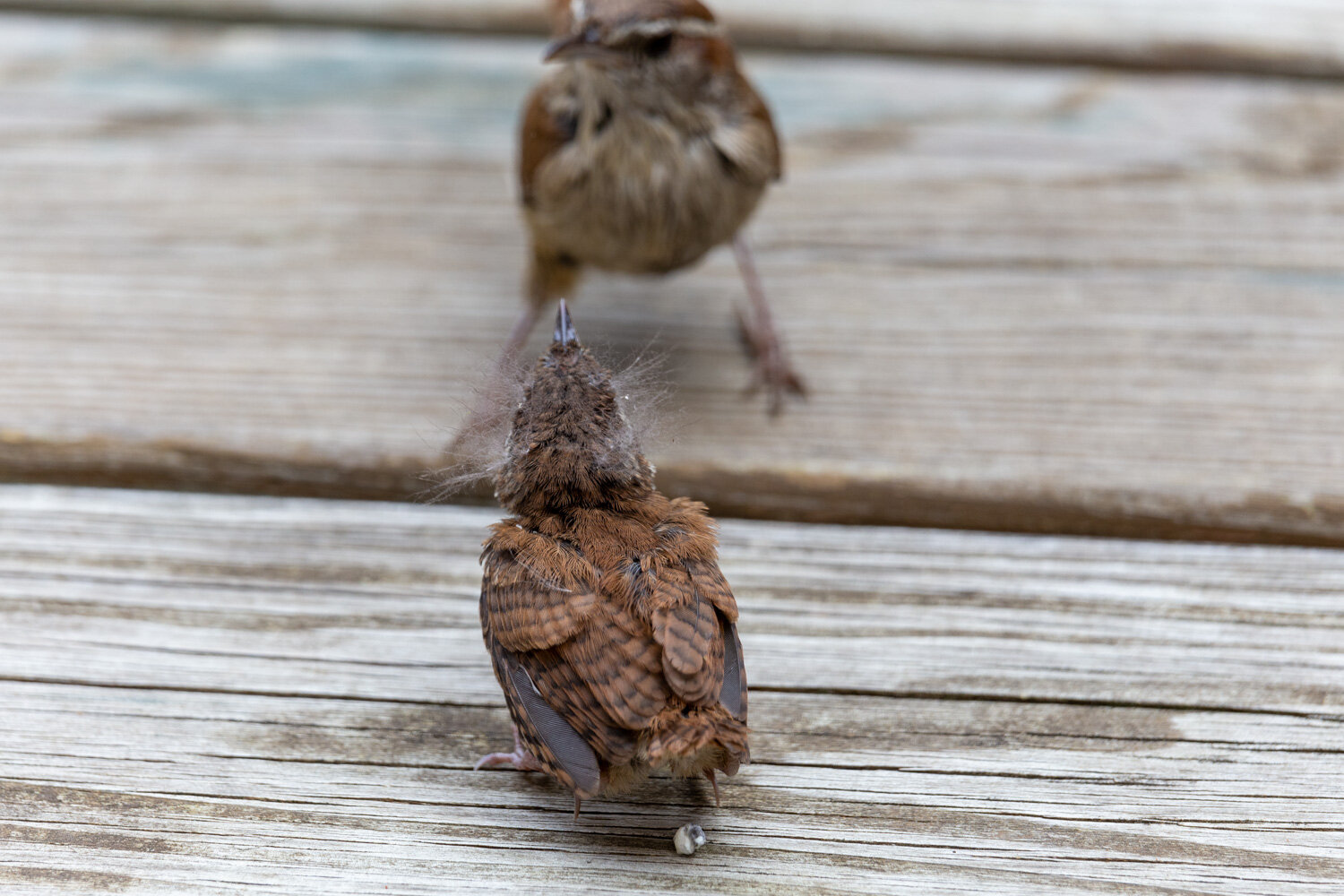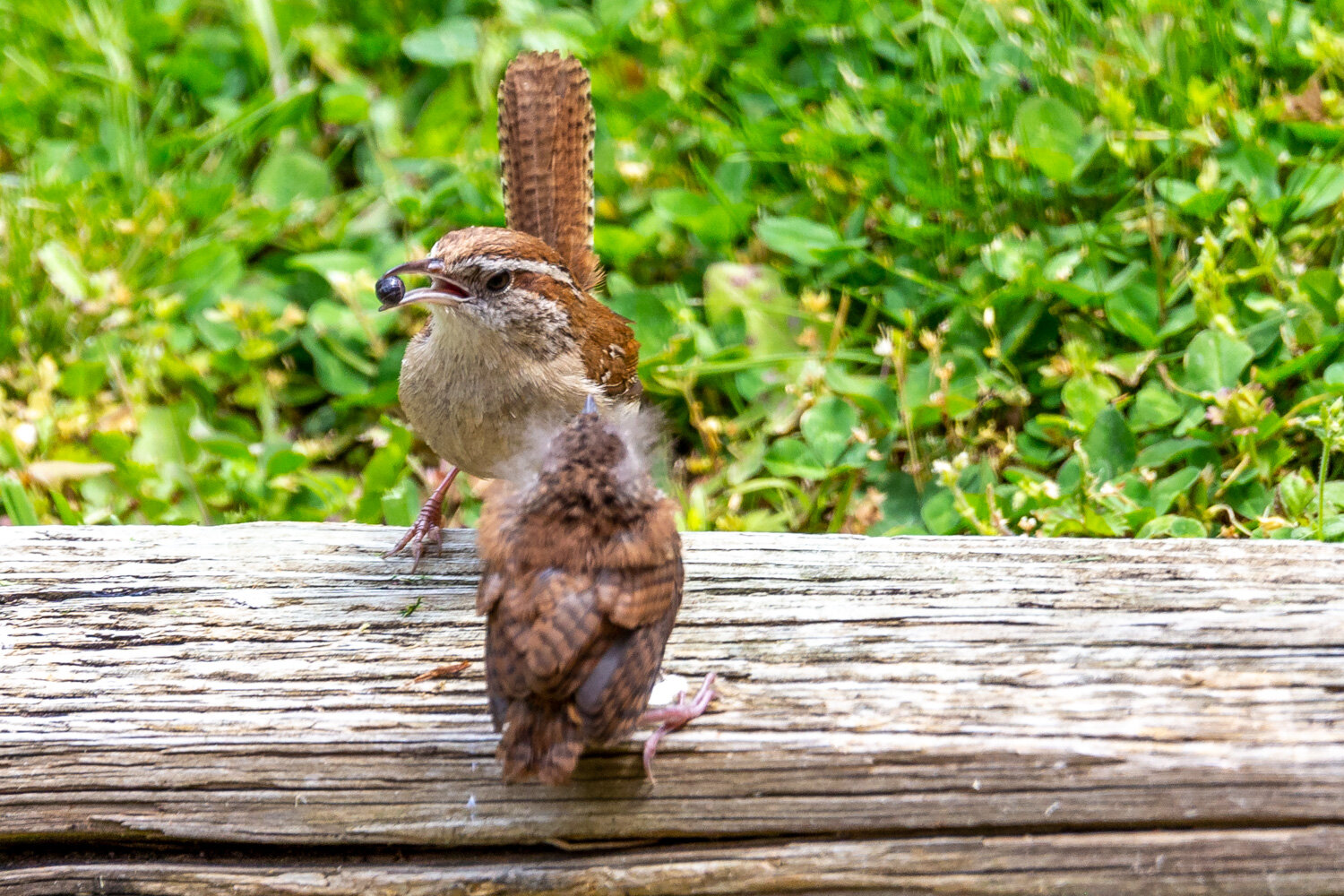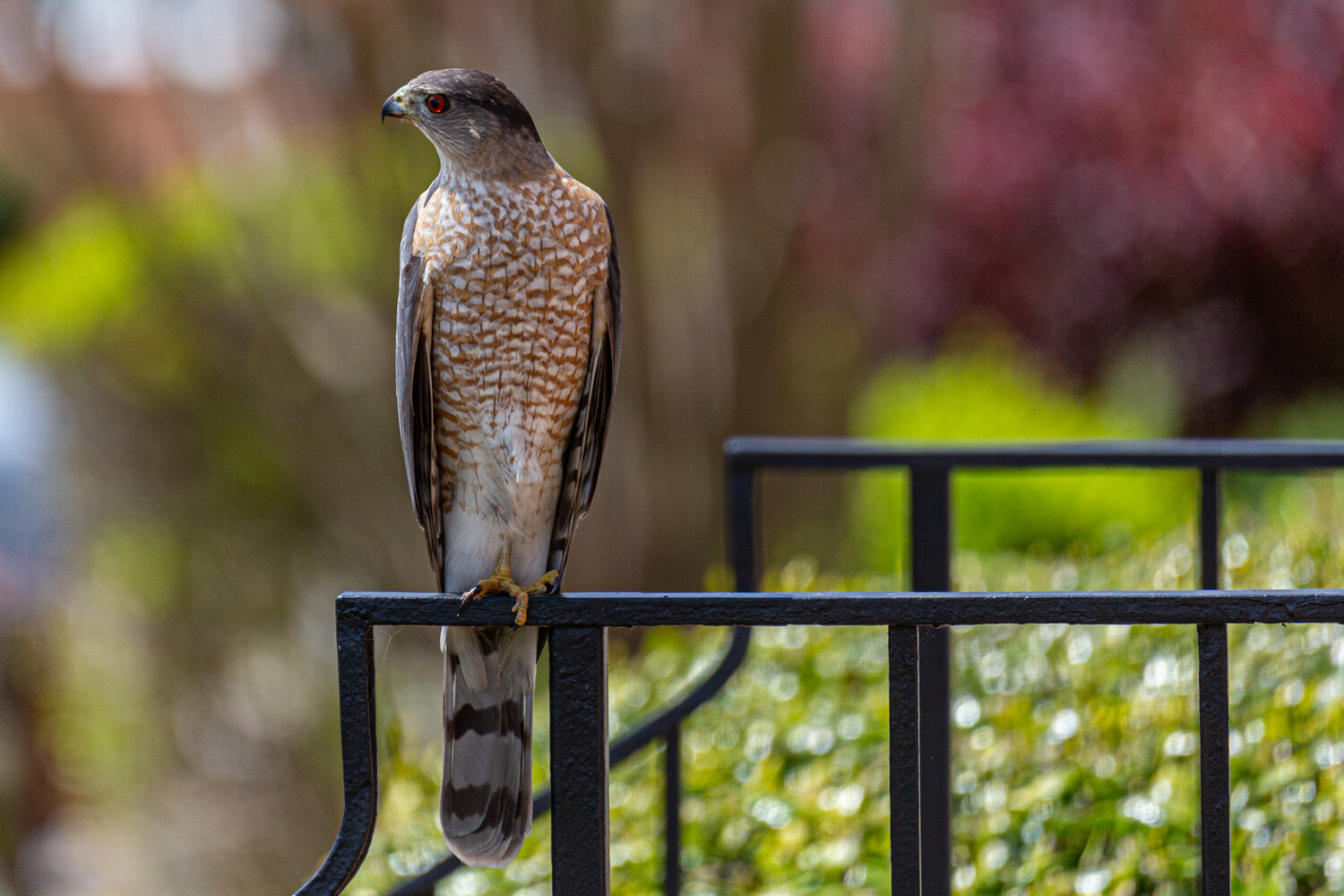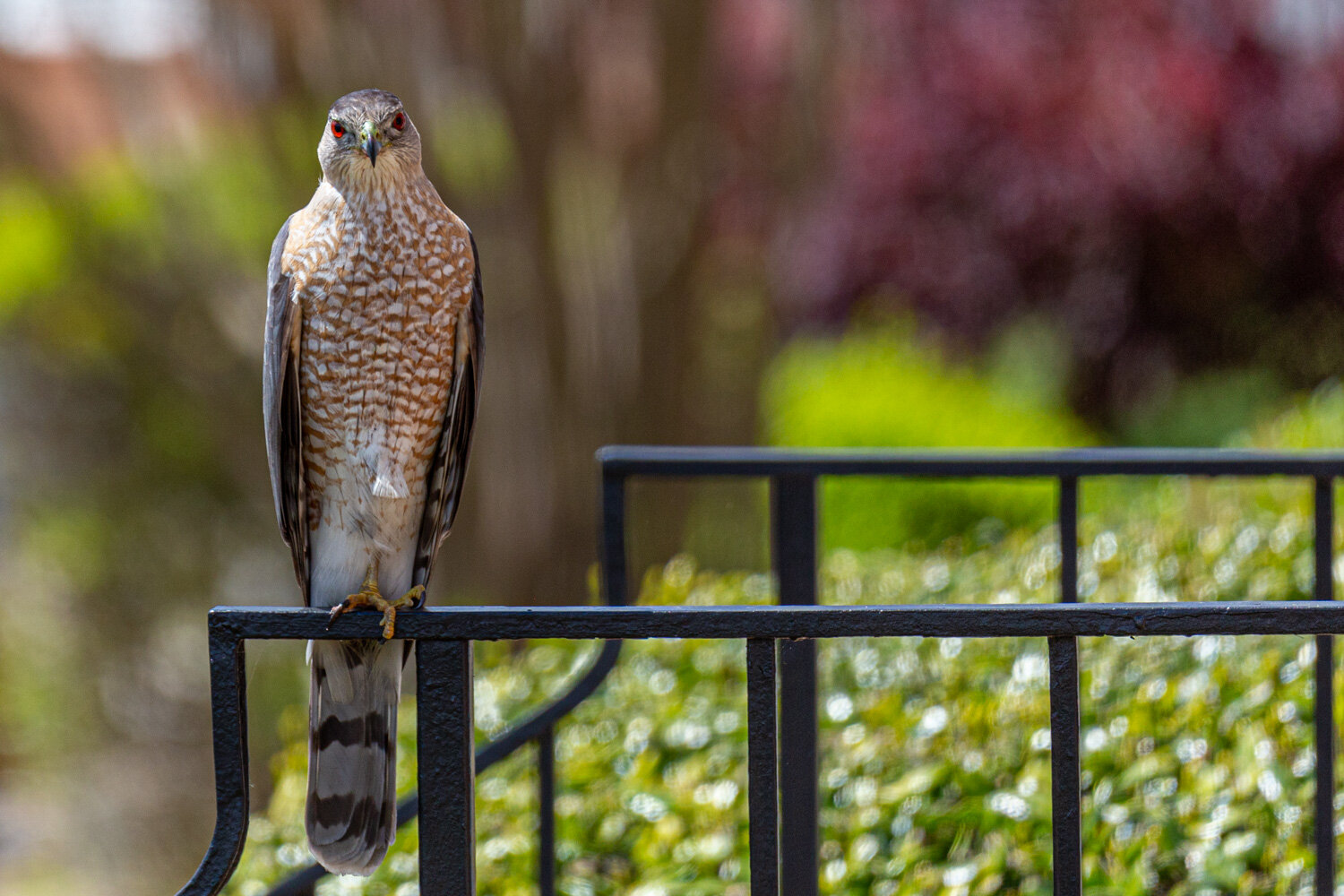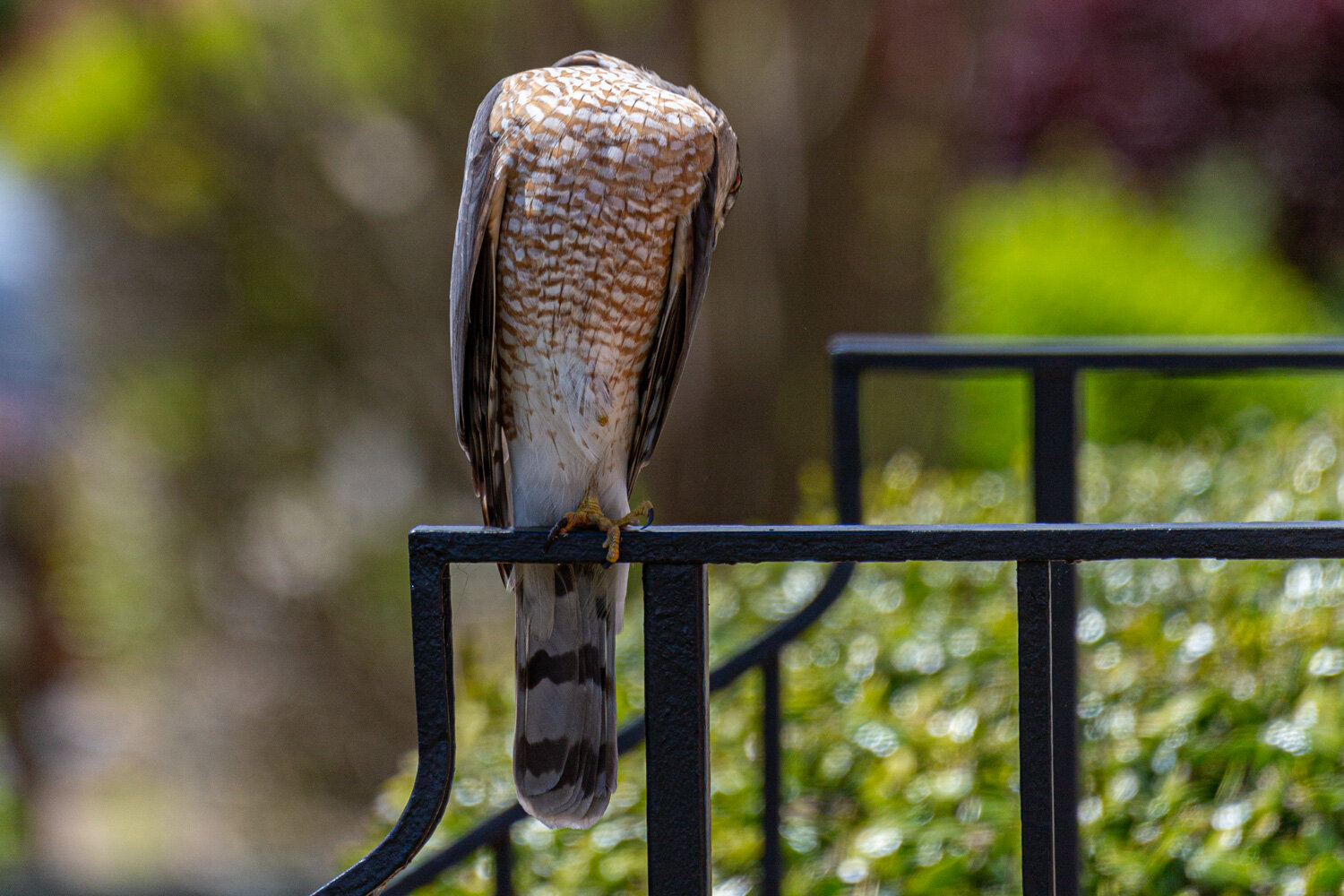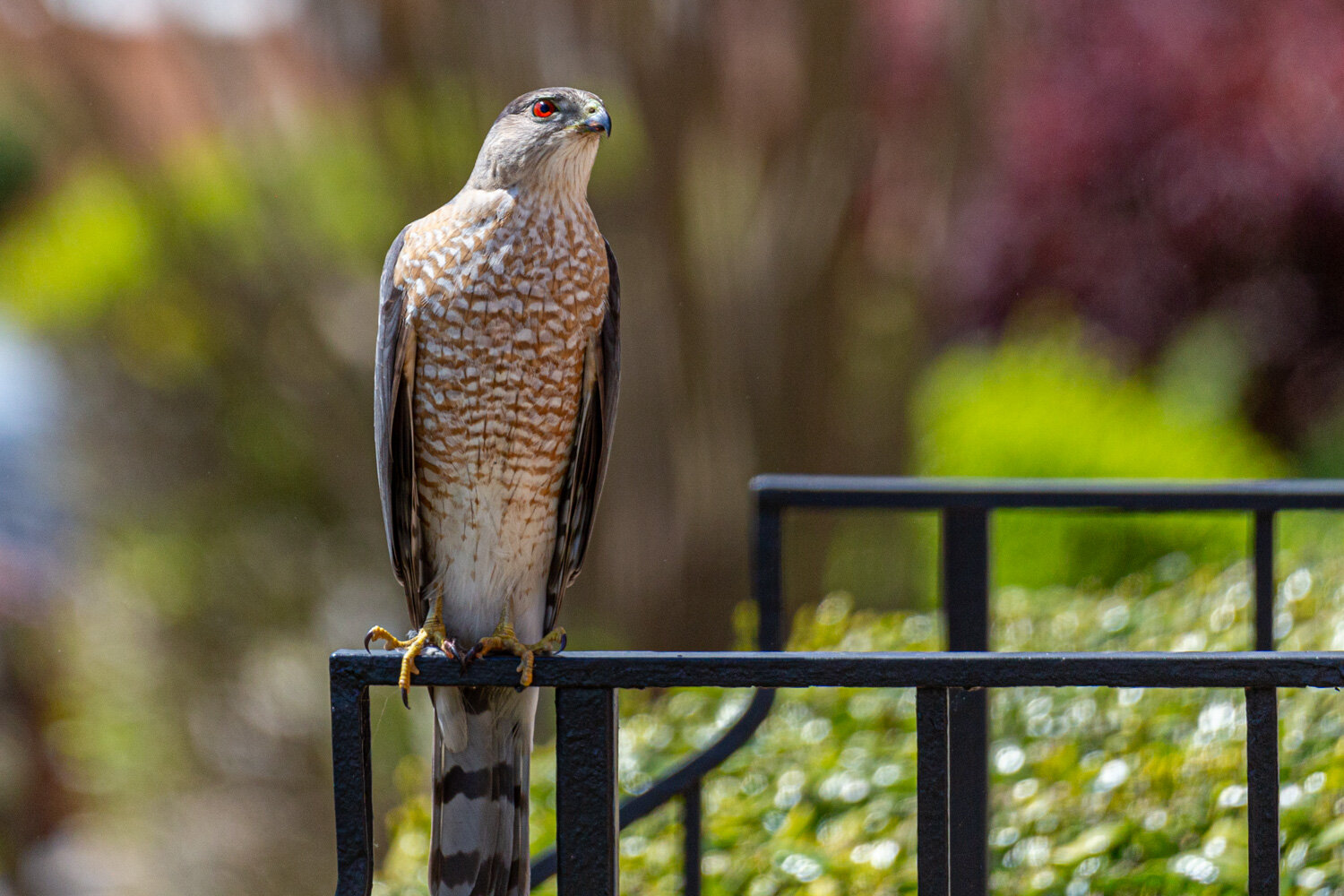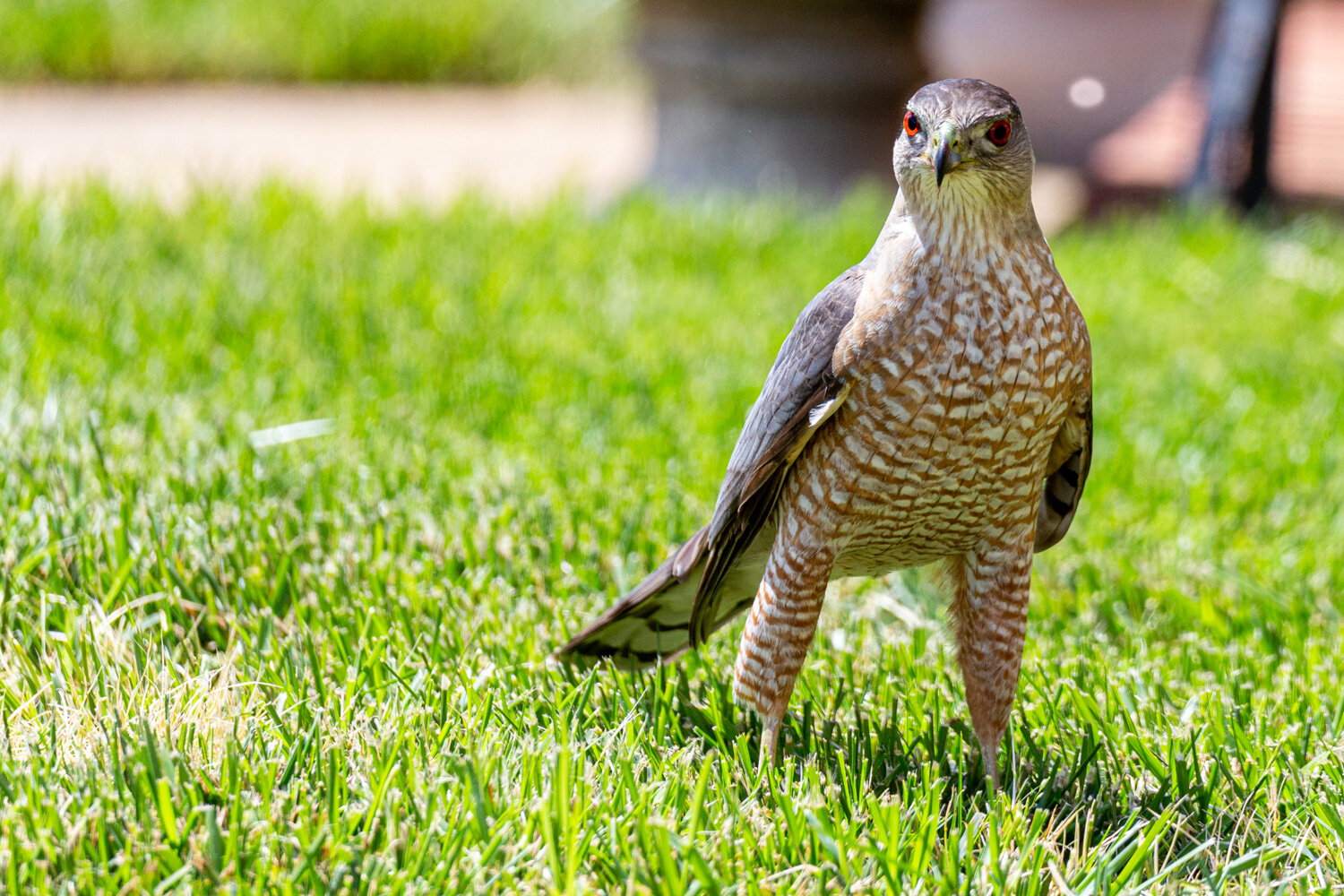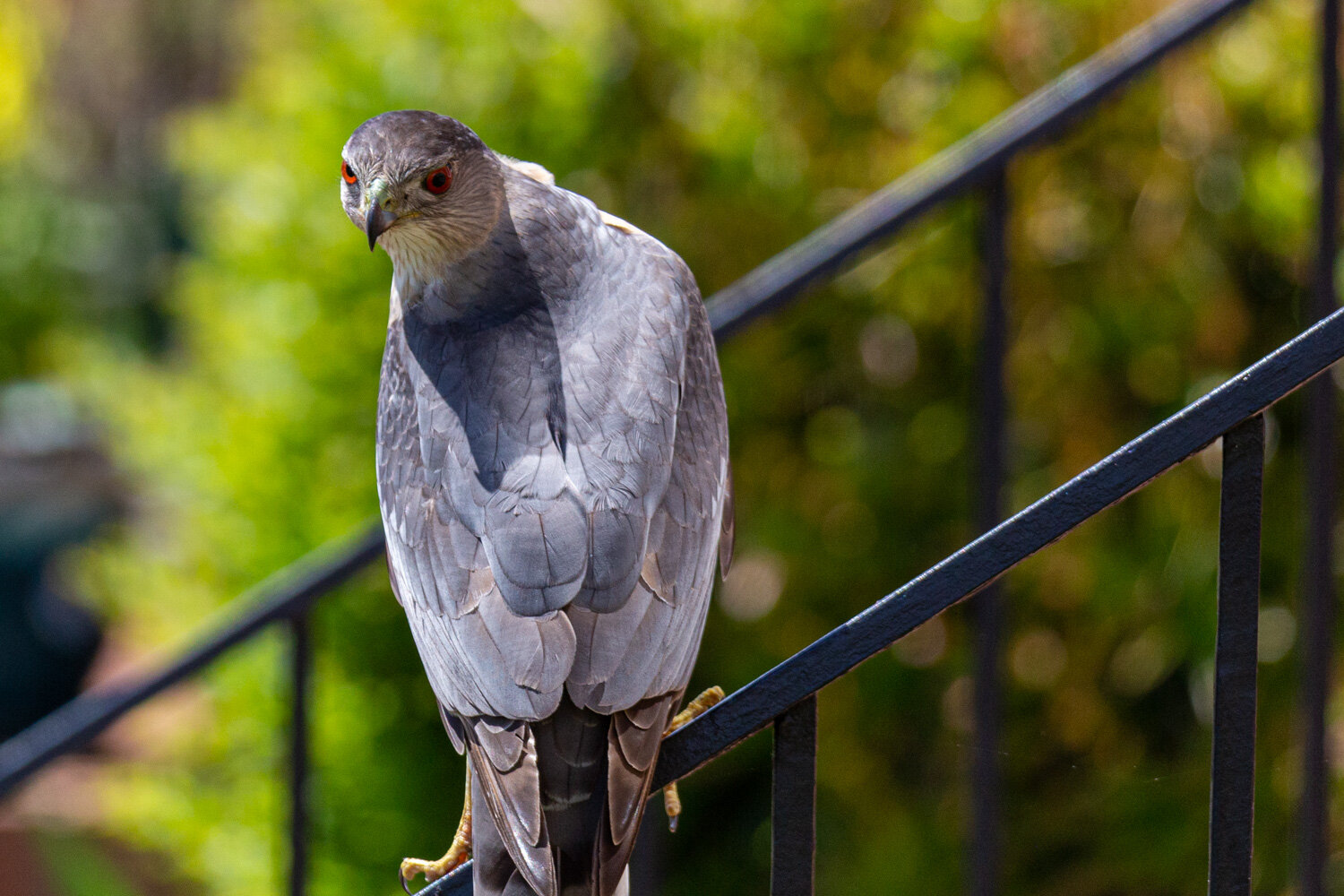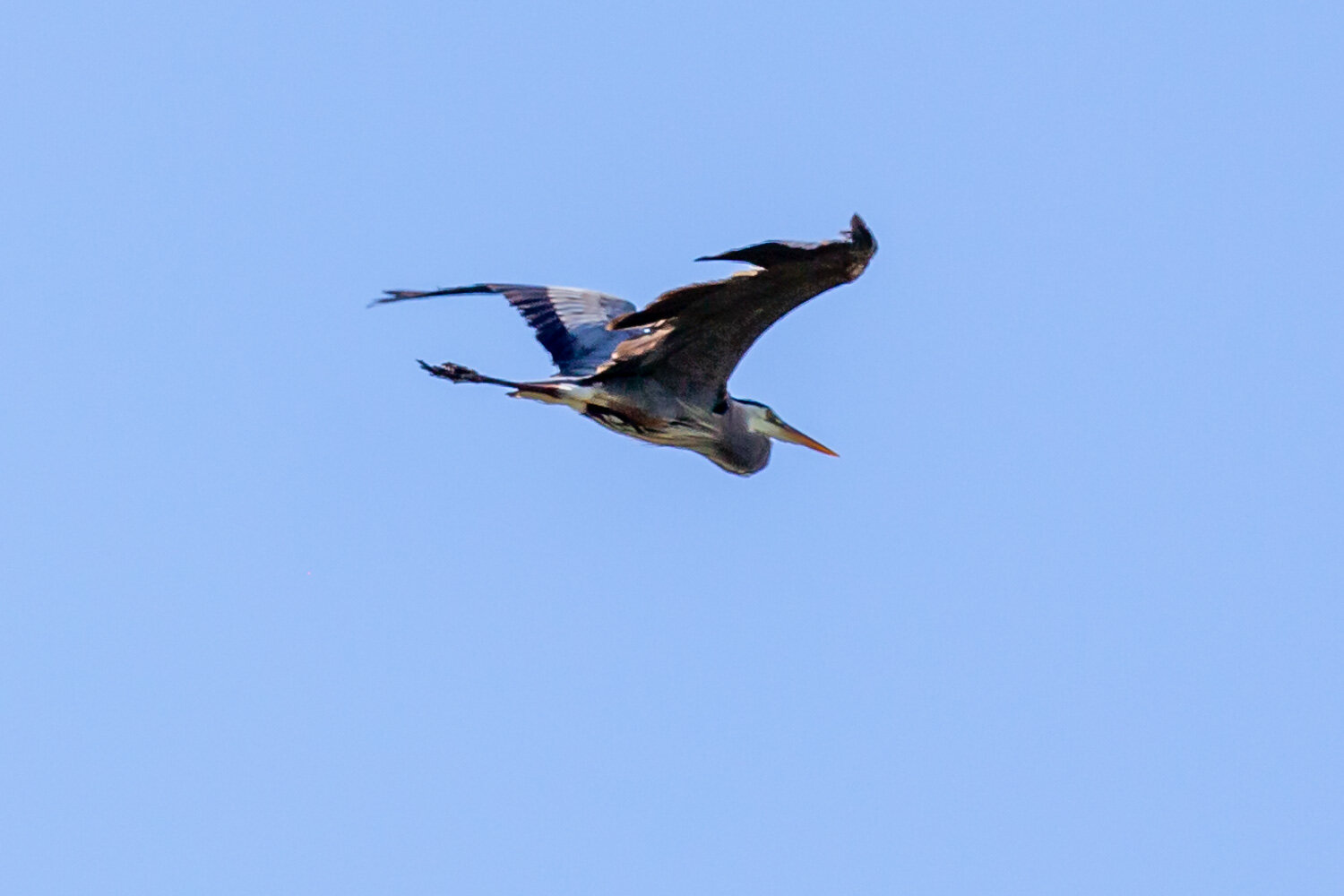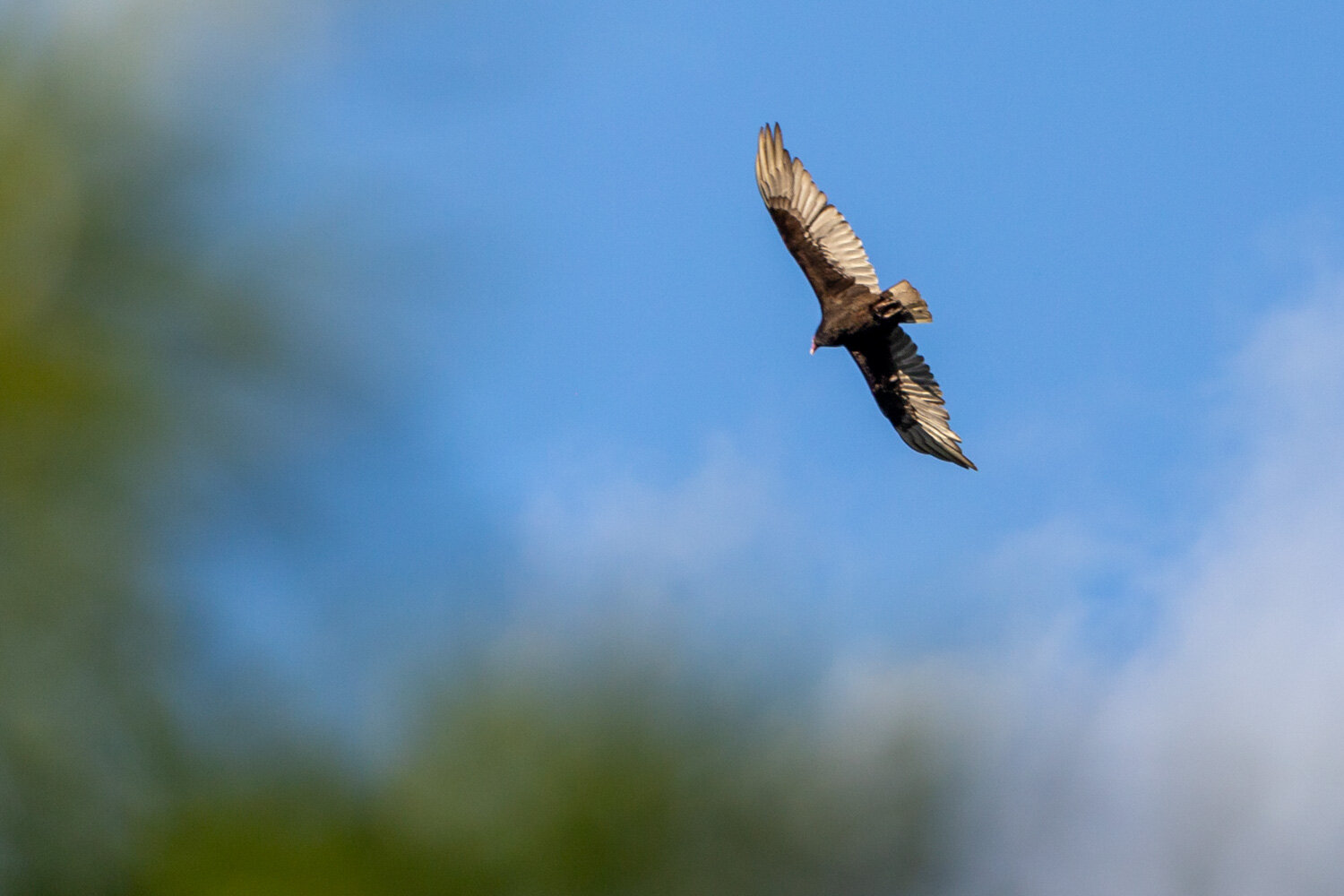We are extremely pleased to hear that Julian Hoffman – longstanding friend and contributor to Elsewhere: A Journal of Place – has been shortlisted for the 2020 Wainwright Prize for Writing on Global Conservation. Julian has been shortlisted for his book Irreplaceable, in which he visits habitats around the world that are under threat and which is described on the Wainwright Prize website as being ‘not only a love letter to the haunting beauty of these landscapes and the wild species that call them home, including nightingales, lynxes, hornbills, redwoods and elephant seals, it is also a timely reminder of the vital connections between humans and nature, and all that we stand to lose in terms of wonder and wellbeing.’
To mark the shortlisting of Irreplaceable for the Wainwright Prize for Writing on Global Conservation, we spoke to Julian about his book, the places he visited and the people he met, and the work that is being done and needs to be done to prevent the further loss of such special and important places.
Interview by Paul Scraton:
Elsewhere: One thing that strikes the reader even before you sit down to get stuck in to Irreplaceable is the diversity of places you visited in the course of your research? Was there one particular place that can be seen as a spark for the project, and how did you come to selecting the places to visit for the book?
Julian Hoffman: The spark for the entire book was the Hoo Peninsula in Kent. Slotted between the Thames and Medway rivers, this extraordinary span of glorious marshland, tidal creeks and ancient villages was threatened to be turned into Europe’s largest airport by a proposal championed by London’s then mayor, and now British prime minister, Boris Johnson. The development would have devastated the peninsula, eradicating a massive expanse of protected bird habitat, as well as levelling three entire villages and their 13th century churches. It would have stolen so much of what makes the place so special. But what inspired me to write specifically about the plight of that threatened place was the resilience, bravery, passion and persistence of three people who were doing everything they possibly could to save this home ground of theirs for the benefit of both human and wild communities. So that was the beginning, the Hoo Peninsula; and that day in the company of these three residents was the day when I suddenly understood what loss in the natural world meant. Because so often we measure loss numerically, through so many acres of destroyed woodland or meadow, or by how many millions of breeding birds have vanished from the skies of Europe. But through the stories of these people, and the complex, interwoven beauty of the place and its wildlife that they introduced me to, those numbers became real, visceral and relatable. They were suddenly transformed into the vibrant reality of lands, waters and lives that would be ravaged by the project.
After that, I realised that to approach the issue of loss in the natural world, and more importantly the potential for resistance to that loss, required a global perspective if I was to do it justice in any way. Because these issues affect human societies and nature across the planet. I also wanted to document as many varying habitats as possible, because biodiversity and the flourishing of communities are utterly dependent on a spectrum of functioning ecosystems. So I followed up stories of threatened islands, coral reefs, mangrove forests, tropical jungle and tallgrass prairie, while also consciously investigating what urban nature and green places mean too. And finally, the other important criteria for selecting the threatened places was my desire to trace their stories in real time, exploring them alongside the brave individuals and communities seeking to protect them. Which meant only writing about those places still actively threatened, where no final decision had been made regarding their future. Sadly, this also meant that some places I’d originally intended to include in the book had to be left out because they were destroyed before I could even get to them. These are places that exist solely in memory now for the human and wild communities that once knew them.
Elsewhere: Some of these places are very small… perhaps even unknown to people who live within a couple of miles of them. Can you give our readers a sense of why such places are so important and, as in the title of your book, why they are Irreplaceable?
JH: It didn’t take long to realise that the size of a place bears little relationship to its depth, or to the quality of connection fostered there by people. Our attachments to place can be founded on the small and intimate as easily as the expansive and remote. And for a world in which more than half its human population is urbanised, it’s critical that we pay more attention to small green spaces in cities and local suburban sites. In some respects, it’s taken us a pandemic to recognise just how essential these unsung places are. A recent survey by the Campaign to Preserve Rural England revealed that over half of respondents said that during lockdown they had a greater appreciation for how important local green spaces are for a community’s health and wellbeing. And yet these are precisely the kind of places that are at greatest risk of being destroyed, regularly threatened with being turned into car parks, luxury housing and commercial interests. And with the British government’s new slogan of ‘Build, build, build’, the situation will only get worse, when green spaces of enormous importance to local people will be regarded as expendable and sold off for development instead of being preserved for the benefit of the wider community. Between 2007 and 2014 alone, only four of 198 applications to close allotment sites were rejected by the Secretary of State. So even though allotments are absolutely protected in UK law, the other 194 were destroyed. And with their loss, as with any loss of green space in a city, nature suffers another shrinkage of real estate in which to dwell alongside us, and that world of potential connection close to home, where we often first come into contact with nature, is further eroded. And critically, for those people who lack access to green spaces further afield for socio-economic reasons, these small, unsung, nearby places are often vital for their wellbeing.
Elsewhere: One of the words we’ve heard a lot in recent years has been the idea of “wilding” or “re-wilding.” What role, if any, do such projects have in the struggle to save endangered places?
JH: I think rewilding is critical to the return of natural abundance. By leaving space for vital, elemental processes to regain their fluidity and wild expression, we enable a greater flourishing. And just as importantly, between rewilding and what in North America ecologists call ecological restoration is the opportunity to right some of the wrongs and heal some of the wounds we’ve inflicted on the world’s lands and waters. To rethink the direction that our neo-liberal economic and political systems have taken us, recalibrating our value of what matters in the process, so that the healthy functioning of ecosystems and the prospering of wild communities is part of our everyday deliberations when considering human wellbeing.
It’s a complex and emotive issue, and there are purists and non-purists to further complicate matters of rewilding, but what is fundamentally exciting about the prospect is how it offers the chance for imaginative leaps to be made, reconnecting us to species, landscapes and places that have been thinned of so much of their meaning because of our intensive industrial, agricultural and extractive practices. Actions that have led us to a world of separation and estrangement. But enormous possibilities for restitution exist, like the Kent Wildlife Trust’s plan to bring bison to within walking distance of Canterbury to aid in the creation of woodland habitats and their multitude of ecological niches. Or like the fantastic community rewilding projects that are taking shape in Scotland and elsewhere, bringing together landowners and individuals with varied backgrounds and interests in the pursuit of a more inclusive and wilder landscape. It’s not the answer to all the issues, of course, and many of our richest seams of biodiversity, such as wildflower meadows, which have declined by a devastating 97% in the UK since the 1930s, are critically dependent on human influence, but rewilding should be seen as one of the many major tools we have to reanimate the planet’s green and blue spaces. And just as importantly, it’s imperative that we simultaneously rewild the heart in a way that makes kinship with other forms of life a natural part of being human.
Elsewhere: What struck me when reading Irreplaceable was how the stories of these places and their futures were deeply interlinked with the people committed to defending them. Can you share something of what it was like to meet such people and also whether what you saw and heard from them changed your own feelings about endangered places?
JH: From the very beginning of the book I wanted people to be at its heart. I think the separation between people and nature can sometimes be replicated in nature writing and film-making that either actively seeks to exclude humans from the scope of the work or creates an artificial island of fecundity, reinforcing not only a distance between species but also a false narrative about how well the natural world is doing. But with Irreplaceable I wanted to make the interconnection between people, wildlife and place a fundamental aspect of the story. Because in order to repair this world of wounds, in Aldo Leopold’s stark phrase, we need to deepen that weave. And what I discovered in my journeys to threatened places, where I sought out ordinary residents as much as ecologists and conservationists, was the profound capacity we have for attachment with the natural world. The people I met there – taxi-drivers, soldiers, teachers and nurses – were actively enlarging the idea of home while trying to defend a place of importance, so that it included the more-than-human in its embrace. It was a deeply moving experience for me, but also wonderfully joyous, welcoming and inspiring being in their company. They showed me that positive, transformative change is possible.
Elsewhere: And have you heard back from any of them as to how they feel about the book?
JH: Yes, I have. And each time it was a really emotional experience after all the anxiety of wondering whether they felt I got the stories they’d entrusted me with right, which often included their own personal worries and vulnerabilities too. But the response has been overwhelmingly positive. Last November I was involved in an event for the Sheffield and Rotherham Wildlife Trust on the theme of trees and irreplaceable ancient woodland and they’d invited the group of people I’d spent time with who were doggedly seeking to protect the ancient woodland of Smithy Wood, with 850 years of continuous wooded history, from being turned into a motorway services off the M1. I hadn’t seen any of these people since 2015 when they shared their stories of this woodland with me, and although we were now in a concrete venue in the middle of the city you could still sense that intricate world of trees and leaves and roots around them. And by sheer coincidence, that was the same day that we learned that Smithy Wood was most likely to be spared. And it reminded me that although four years had passed between our meetings, while I had been writing about other threatened places in the world, their fight to save that irreplaceable ancient woodland had carried on throughout that entire time. So it’s been an incredible honour getting to know such resolute people.
Elsewhere: So often it feels like positive environmental stories come down to the commitment and hard work of individuals or small groups. What do you think governments and other institutional bodies need be doing if we are to stop the loss of the places you write about?
JH: Firstly, and most importantly, to listen. I was amazed by just how many people in my journeys felt a connection to the natural world and green spaces in one way or another. And yet their concerns are largely ignored. The almost complete lack of attention given to environmental issues in its broadest sense during election campaigns and debates is a sign of how low down the list of priorities it is for most politicians. For many of them, particularly on the right, though by no means exclusively, the philosophy of perpetual economic growth is hardwired into their souls. They can’t see around it; neither what it costs in terms of other measures of wellbeing or how it’s a trap, a hamster wheel you can never escape from. All you can do is keep building, extracting, devouring. None of which is a destination in itself, just a way to keep the wheel spinning sufficiently that you can convince yourself you’re actually going somewhere. But listening to others’ concerns, especially when they don’t conform to your vision of the world, and absorbing exactly what scientists are saying about the devastation that climate change and biodiversity loss will cause, is absolutely imperative. And if they won’t listen, then it’s up to us as citizens to be far more pro-active when it comes to voting for parties and politicians who will.
Elsewhere: In a book like yours, where the situation can so often seem desperate, it can be hard to find hope. But I found Irreplaceable extremely hopeful even if not every struggle will be successful. Did you feel hopeful after writing this book and how do you feel now?
JH: I remember right back at the beginning, just after experiencing the Hoo Peninsula in 2013, wondering where the trajectory of the book would take me. Would it be a deep dive into grief, or an angry rant about the destructive power of capitalism? Would it be an elegy, or a tome of hopelessness? I really had no idea back then how the journey would unfold, but it didn’t take long to witness and recognise the enormous potential and capacity for positive action when people stand up for what’s right. When people work in cohesion on behalf of something bigger than themselves, uniting around an idea, a place, a wild species. This is what I came to call radical hopefulness. When the word hope is understood not in a passive context, which is what we all commonly do, but as an active verb. A verb that makes change possible solely by acting on it. So, yes, I remain hopeful, in the sense that I experienced what is not only possible on my journeys but actively happening in communities throughout the world right now. During the dark days, these are the stories I hang on to.
Elsewhere: As great fans of your work, from your writings for various outlets (including Elsewhere!), and your books The Small Heart of Things and Irreplaceable, the last thing we need to know is… what’s next?
JH: Thank you, that’s very kind of you to say! Like countless people around the globe, my plans were upturned by the pandemic. Which meant the book I was intending to write had to be shelved, at least for the foreseeable future, as the journeys, stories and interviews I’d pinned it on could obviously no longer happen. But in the wake of that disappointment, as I had a spring and summer at home instead of one on the road, a new vision for a book took shape. It’s called Shelter, and while not specifically about the pandemic it of course has everything to do with it. The idea emerged out of that need to stay in place, but also from an urgent sense of solidarity with other forms of life seeking to dwell in safety and security. For the past two winters, up to 14 wrens have roosted on especially cold nights in a long-abandoned swallow’s nest above our front door. To have them that near to us as we slept, and to watch them drop out of that shelter at dawn each day, often into a world of swirling snow, and then return at dusk from separate directions, has been one of the most extraordinary and enlarging experiences of my life. Just as they were departing their shelter for good in early spring we were entering our own due to the pandemic, so the book is really about living in a shared world – our mutual, fragile and astonishing shelter we call Earth – a personal exploration of wild lives nearby and how we might go about creating the psychological and emotional space for co-existence.
***
Irreplaceable: The fight to save our wild places is published in paperback by Penguin.




